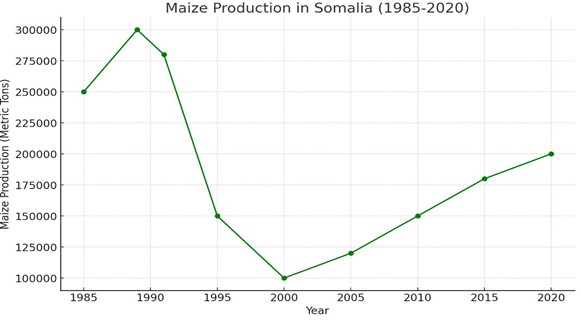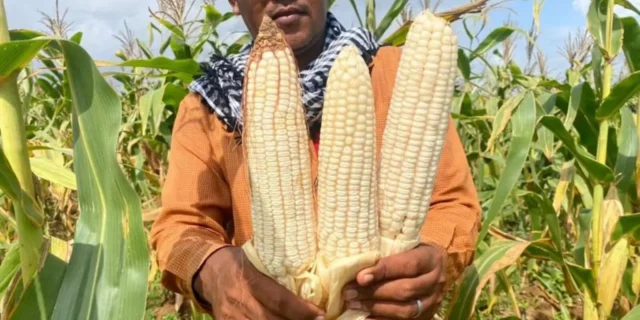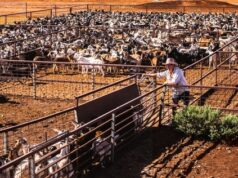The collapse of the Somali government in 1991 had a significant impact on agricultural productivity, particularly maize production, a staple crop for food security in the country. Before the collapse, maize production steadily increased, reflecting a period of agricultural stability supported by government-led farming initiatives, subsidies, and access to modern agricultural technologies.

From 1985 to 1989, maize production rose consistently, peaking at 180,000 metric tons in 1988 due to favorable agricultural policies and organized irrigation schemes. However, following the government’s collapse in 1991, production declined dramatically. The absence of national agricultural support, coupled with civil unrest and the destruction of essential infrastructure, led to severe disruptions in farming activities.
The period from 1992 to 1994 saw the lowest maize production levels, averaging between 50,000 and 60,000 metric tons annually. Factors contributing to this decline included the loss of access to fertilizers, seeds, and irrigation systems, as well as displacement of farming communities due to conflict. Local agricultural productivity only began to recover slowly in the late 1990s, driven by community-led farming cooperatives and international aid programs.
The provided graph clearly illustrates this dramatic decline, with the sharp production drop occurring after 1991, marked by a dashed red line indicating the collapse of the government. The corresponding table highlights specific production values across the observed years. Despite some signs of recovery in the late 1990s, maize production levels remained far below pre-collapse figures, underscoring the lasting impact of political instability on Somalia’s agricultural sector.














